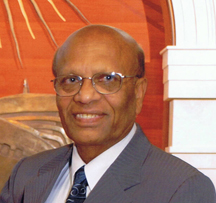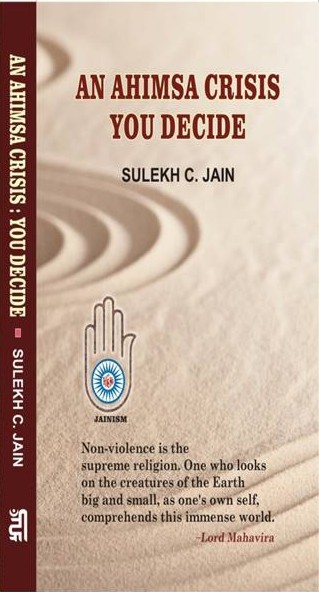Yes, these do. In fact these crimes and actions constitute himsa of much bigger intensity, proportion, and scope. Actually these are heinous crimes. These are sankalpi himsa. In many cases, not a few but thousands and maybe millions of people are affected by their acts of swindling, cheating, deceiving, ponzi schemes, and economic violence. The societal punishment for these crimes may not be even sufficient, given the consequences of the crimes; in reality, most of the punishment just amounts to a slap on the wrist.
Jains are affluent people; they are often dealing with large sums of money and financial transactions. As a result, there is always a powerful attraction not only to succumb to small greed and deceit, but in reality to enormous greed and deceit. It only takes a brave, vigilant, and determined person to escape from this disease. Unfortunately, many times, the scope of these crimes is directly proportional to the level of affluence of the doer. What is even more shocking is that most of the time, neither the doer nor the Jain Sanghs even consider such heinous acts as himsa. When such crimes are committed, not only are a large number of people cheated and deprived of their hard earned money, but also their lifelong dreams and sources of sustenance are taken away. People become destitute and sick, marriages collapse and some people even suffer heart attacks and die. In spite of this, generally neither the doer nor the Jain sanghs consider it himsa and in fact, quite many times reward the doer amply with recognition and honors by the community. The doer buys status, prestige, glory, notoriety, fame, recognition, garlands, and even jeweled crowns within the Jain sangh (householders and sadhus) with his ill-gotten himsatmak loot and booty by giving donations and ghee bolis. In this way, the Jain sangh appear to condone these acts of himsa. What a shame!
Such kinds of crimes have always existed, but now, especially during the last three decades, their number and scope have increased in exponential proportions. Jains have much more scope and opportunities for succumbing to such temptations by way of their participation in commerce and industry. Since there is very little discussion or lectures by the sadhus and the community against such practices, this provides enough encouragement to the would-be doers.
Below I offer a few actual examples to appeal to your conscience.
- On Dalal Street (the heart of India’s security trading) a Mehta, a Parekh, and a Bhansali—all prominent Jains— have been found to be big swindlers. Who knows how many Mehtas, Parekhs, and Bhansalis are still there and still doing it every day. When these things happen, there is very little condemnation, talk or discussion about it within the Jain community. Maybe some of these big swindlers follow and imitate Bernie Madoff and ENRON (in the US) and Satyam Computers (in India) as their role models. The pity is that the likes of Bernie Madoff are spending the rest of their lives in prison in the US but very little punishment (if at all) happens to such people in India.
- During Prime Minister Narsimha Rao’s time, one prominent Jain family became famous for havala kaand (illegal money transfers and laundering) and only a few Jains condemned it.
- About five years ago, one Jain, based in Dubai, was in major international news for smuggling and laundering funds to India for use by underworld crime gangs and terrorist groups. I read and heard about this on CNN News. As a result, the US FBI and Interpol were after him. Finally he was arrested. In January 2010, his daughter was getting married in India. With Indian Police escort, officials allowed him to visit his family and give away his daughter in the marriage ceremony. Soon after, I met some Jains who had attended this wedding. They all talked to me how grand the wedding was but no one said a word about how big a criminal and traitor this person was. Such is the Jain sangh today.
- Thirty plus years ago, I had come to know that one very prominent Jain in India, who was also in the business of making and selling vanaspati ghee (hydrogenated oil), imported beef tallow (the latter being very cheap). He mixed the beef tallow with the edible oils and sold this product as pure vanaspati ghee, thus making millions of non-suspecting vegetarians non-vegetarians. I don’t know if he was ever reprimanded by the Jain community.
- Many Jain owners of patrol pumps and sellers of medicines (chemist shops) in India frequently indulge in selling adulterated and spurious products and also engage in not dispensing the proper quantity, weight, or volume.
- I have read and been told that a few Jain temples in India might have been built now and in the past with loot and ill gotten wealth. I guess money has no color and all is fair when it comes to accepting donations.
Now you decide, is this behavior consistent with ahimsa?
 Dr. Sulekh Chand Jain
Dr. Sulekh Chand Jain
